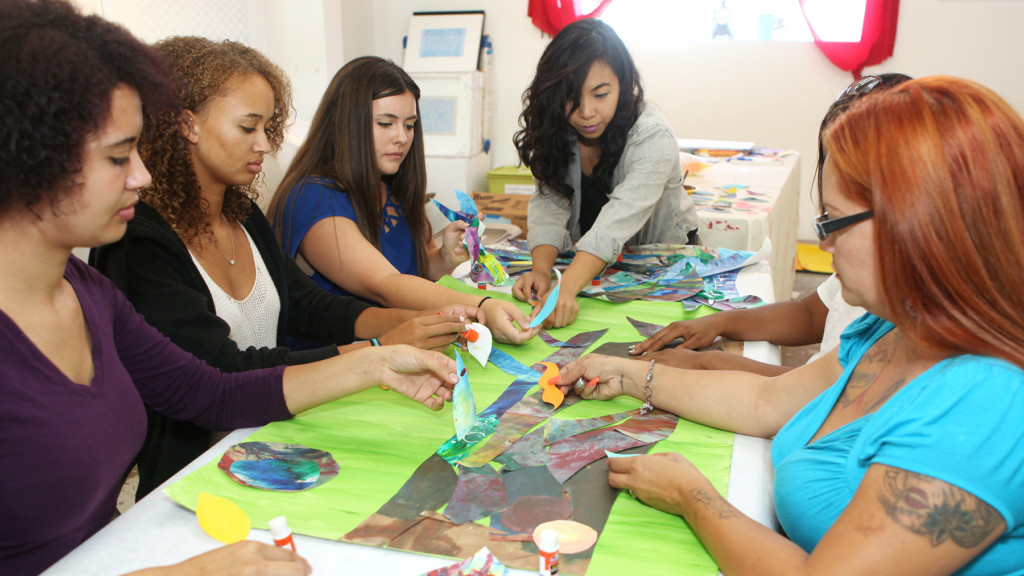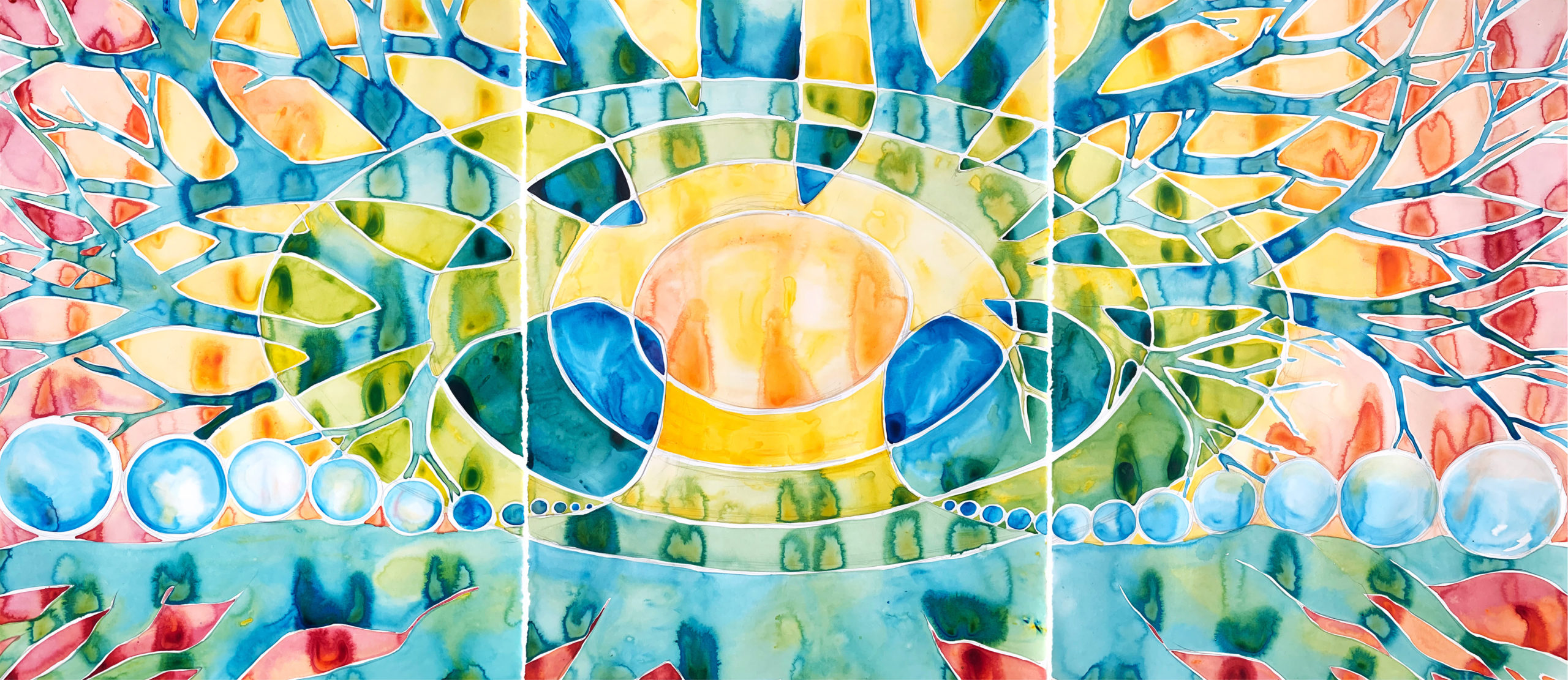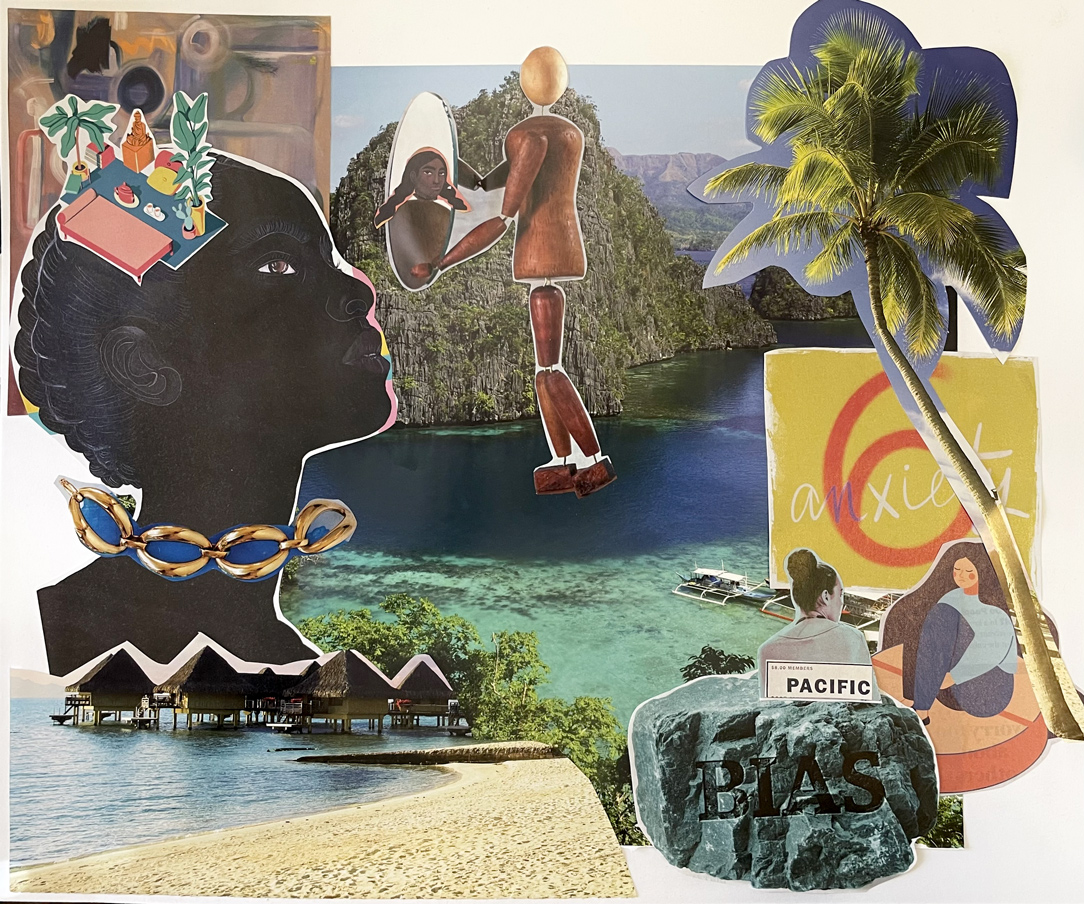On a fairly regular occasion, I drive by the school I attended when I was in kindergarten. It was the first place I’d ever been around people who weren’t my family, without my family there. I don’t want to say it was horrible, but… it was pretty horrible.
As the decades pass and the crispness of my early childhood memories continue to fade, my recollections of that time become less distinct. I don’t mind. Some things, some feelings, though, I’ll likely never forget.
When our outer and inner selves are integrated and can be expressed as such, we feel wholeness and peace.
I’m sure my kindergarten experience couldn’t have been all bad, but the mind stretches far and wide and finds nothing when searching for a sliver of peace. Leaving home to go to school every morning was dreadful, and returning home every afternoon felt like the longest exhale after however many hours of holding my breath, holding my tears, except without really holding my tears, or my bowels for that matter, on one particular occasion (whoops!).
What I can remember are feelings of loneliness, of having nothing in common with anyone around me. It was perhaps the first time I noticed what people looked like, and perhaps the first time I noticed that they didn’t look like me, that I didn’t look like them. But it wasn’t just that part, that I was a child of Filipino immigrants swallowed up in a sea of white folks, that made me feel so different. It was also the lack of attention and care, the moderate bullying, the absence of friendship and kindness. I forgot how hard it can be to be a 5-year-old. For me, anyway, it was.
It’s taken over three decades to whittle the description of my time in kindergarten down to a word, not that I can recall having tried to do so. But if I had to pick one word to describe that period of my life that has unwittingly been the barometer against which I have unconsciously, and perhaps unfairly, measured all other situations and relationships in life, that word would be: separation.
Learning how to heal that separation, among all other instances of separation we inevitably go through in life, is one reason I entered the field of art therapy. I figured that, at the very least, the MFT graduate program I was enrolled in would help me heal what needed to be healed, while allowing me to guide others in doing the same for themselves.
A few years ago, I wrote a workshop for AWBW entitled “Bridging the Divide.” My intention in creating this workshop was to integrate the things I and my therapy clients have found to be successful tools for healing, and apply those tools to not only gaining insight into, but healing cultural wounds, particularly the wound of feeling separate, both from ourselves and from the people and places around us. In my own experience, and as I’ve found to be true through listening to the experiences of my clients, much of this feeling of separateness arises from the society and culture in which we are brought up telling us and making us feel that who we are is unacceptably different.
As what’s become a quite basic example, many of us children of immigrants are doubly asked where we are “from,” both times always referring to our racial backgrounds, though we typically — and apparently mistakenly — answer the first round with where we were born (i.e., “I’m from here/Los Angeles”), resulting in our feeling that we aren’t accepted as being where we are, that we don’t fully belong where we are. As a therapist, one of my aims for the work I do with Asian American Pacific Islander (AAPI) folks is to help them integrate their inner and outer selves so that they can feel honest and authentic in how they express themselves, to the extent that meaningless but still annoying, if not hurtful, questions like “Where are you from?” can be internally and externally responded to securely from a place of belonging. When our outer and inner selves are integrated and can be expressed as such, we feel wholeness and peace.
Bridging the Divide incorporates meditation, art-making (specifically, collage-making), and writing, to explore what “belonging” feels like, and then to integrate that feeling of belonging into the way we move about the world. For the purposes of this workshop, meditation is used to ground oneself into the present moment, and to set an intention for the rest of the workshop. Engaging in the making of art has been shown to combat depression arising from self-isolation, liberate one from loneliness, and connect us more deeply to ourselves. Collage-making in particular allows one to move past the pressure of having to create art from scratch; there’s a certain creative freedom in being provided images that reflect and conjure up meanings to be connected. Writing in the form of journaling and self-reflection has been attributed with increasing clarity of mind and self-awareness. Merging these three tools together allows for engaging in the process of bridging the internal divide on different levels – spiritual, emotional, cognitive – so that the resulting insight and, hopefully, healing, is holistic and integrative.
I invite you to explore bridging the divide in your life by creatively exploring this topic using this workshop worksheet. May your journey in bridging the divide yield insight, inspiration, and integration!
Sharon B. Uy, LMFT, ATR
Windows Facilitator & Workshop Author
Los Angeles, California
Utilize this worksheet to explore bridging the divide between who you have been told you are and who you authentically are.
Download Worksheet
Want to utilize art to help people integrate their inner and outer selves?
Attend a Training Apply for a Social Justice Fellowship
A Window Between Worlds (AWBW) supports hundreds of direct service organizations across the country to incorporate creative expression into their work with trauma survivors. With this blog we uplift the voices of our art workshop facilitators and participants. We invite you to take in this perspective, notice what resonates and explore how it may fit into your life.





